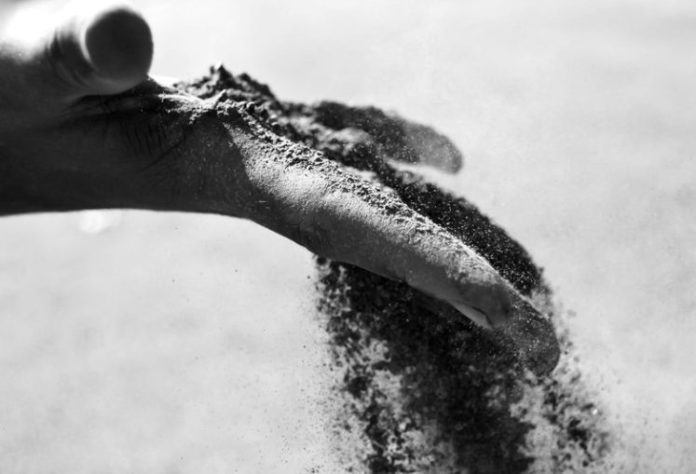One of the ripples of the pandemic has been that we have gone through a lot more firewood than usual at our house, thanks to both the fire place and the fire pit on our patio, though the latter is filled with snow right now. We bought a cord of word in early December and we’re down to the last few logs. The small mountain range of driveway snow created by the guy who plows has made getting to the wood pile quite a challenge and the prospect of restocking it an even bigger one.
As the wood dwindles, the ashes in the fireplace increase. But a cord of wood burns down to pile of ashes that would hardly fill up a tall kitchen garbage bag. What’s left of the logs is a mere remnant: a reminder of what has been used up so we could be warmer.
The ancient poetry for Ash Wednesday–“ashes to ashes, dust to dust”–is a false parallel. The two phrases are more than two ways of saying the same thing. The creation story says God molded humanity out of the stuff of earth, out of the dust. Our organic makeup connects us to the conversation of all living things and reminds us we are one of them. To return to our original material takes time. Buried bodies decay little by little, not unlike, I suppose the same gradual way we learn to grow into our full humanity.
Decay requires companionship. The organisms that live in the dirt participate in our reentry into dustdom, breaking us down so we can disseminate into all that gave us life and breath as we walked the planet. From dust we came and to dust we will return.
But we don’t start out as ashes. Ash doesn’t grow into trees that then burn back to powder. Ashes are remnants, the leftovers of what has been consumed by fire, because something has to burn to end up with ashes. Our fireplace full of ashes is a sign of a house that has been warmed by wood that was cut and split and seasoned so we could sit in comfort or, even in the midst of the pandemic, gather with friends on the patio to at least lessen the distance between us. What has burned has done more than just go up in flames; it has made of itself an offering.
Dust returns to the soil, but ashes are more complicated. Seedlings of the trees they once were do not spring up where ashes have fallen. I’ve learned from gardening that ashes can add nutrients to soil and compost, but only in moderation. A small amount can bring big changes, not all of which are beneficial. Throw out ashes before they are fully cooled and you spread fire, not forests.
The practice of being marked with ashes on this day is less than a thousand years old, as best I could tell from reading about it. The grey smudge on our foreheads is supposed to symbolize dust. It makes me wonder why we don’t use dust to make our point. It’s not as though it’s hard to find. I love the poetry of burning the palm fronds from the previous Palm Sunday to make the mix for Ash Wednesday, still what marks today for me is I am aware ashes and dust are not the same thing, regardless of symbolism.
To say I am dust is to say I am on my way back to where I came from; I belong to the creation that has housed me for these days; each time my foot strikes the soil or my hands dig in the dirt I am connected to the cosmic conversation that is our universe. To say I am ash, at least today, feels like I am saying I am on my way to being all used up, which does carry its own truth, but the story I need to hear is in the dust.
Peace,
Milton
